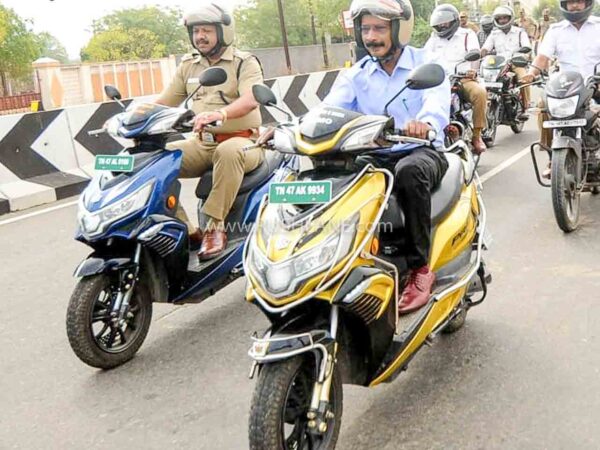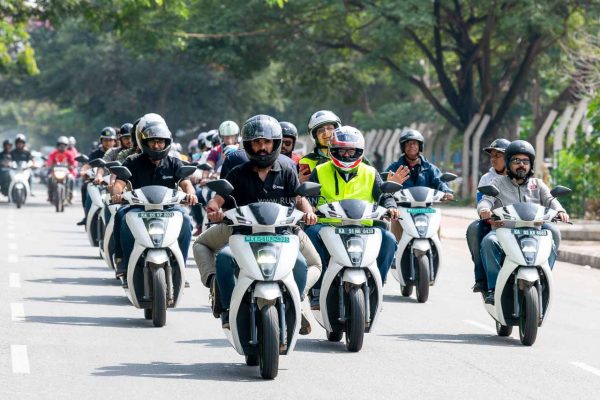
Under FAME-II scheme’s three-year tenure, FY2020-FY2022, e-2W sales realised are at a dismal 2 percent of the targeted 10 lakh units
While dialogues around electric vehicles continue to pepper through, sales and demand for EVs isn’t that great yet. This, despite government’s thrust on adoption of electric vehicles (EV). No doubt Covid-19 pandemic had a bearing on industry performance in 2020.
But outlook for e-2W remains largely unchanged in FY21 owing to a low base. A survey across 16 e-2W dealerships in November 2020 reveals that stringent eligibility criteria for subsidy claim under FAME-II has been a deterrent. This is attributed to minimum localisation requirement, and exclusion of lead-acid based e-2W.
Consumer awareness (regarding Government subsidy) is lacking. FAME-II designed to propel faster electric vehicle (EV) adoption is in a mid phase of its 3-year tenure (FY2020-FY2022). As of September 30, 2020, it has achieved a paltry 2 percent of its target (out of covering 10 lakh e-2Ws) sales for said period.
Shamsher Dewan, Vice-President, ICRA, says, “While the e-2W sales reported a 21% Y-o-Y growth to 1.5 lakh units in FY2020 (first year of scheme) the number of e-2Ws which availed FAME-II subsidy plummeted.”

ICRA research findings
About 50 percent dealers say e-2W sales declined post FAME-II. Models eligible for subsidy under FAME II are fewer. e-2W with advanced (i.e. Lithium-ion battery based) are eligible. As such, lead-acid battery- based e-2W sales (about 70 percent of models available) are excluded from incentive claims.
Manufacturers are required to meet a minimum 50 percent localised content criterion in a phased manner. This is difficult as a Li-ion battery accounts for 40-50 percent of overall EV cost. Inadequate domestic supply means most OEMs are importing the same. Thus excluding them from subsidy claim eligibility.
A third of walk-in customers are unaware of financial incentives offered by the Government. The rest have limited understanding. Potential customers have concerns regarding upfront cost of a e-2W, durability and after sales services. Majority of dealers indicated that customers on the lookout for such a bike are mostly in search for a second 2W. With schools and college terms suspended at present, such purchases are deferred.
Electric two wheeler sales for FY21
Buyers prefer low cost-low range lead-acid battery powered e-2Ws even though FAME-II incentives aren’t available for them. Such scooters are exempt from RTO reg, driving licence and helmet. About 60 percent customers opt for lead-acid based vehicles as their upfront costs are lower than Li-ion powered e-2Ws.
High-speed e-2W sales declined 25 percent Y-o-Y through H1 FY2021, primarily owing to pandemic-led lockdowns. September 2020 saw sales growth of 72 percent Y-o-Y. EV policies announced by states and Union Territories, and Central Government’s decision to allow sale of EVs without battery could augment growth.
ICRA expects 15-17 percent Y-o-Y contraction in domestic 2W volumes in FY2021. In H1 FY2021, 2W wholesale sales volumes was 38 percent lower on a Y-o-Y basis. e-2W sales account for less than 1 percent of total two-wheelers (2W) sold in FY2020 in India.

